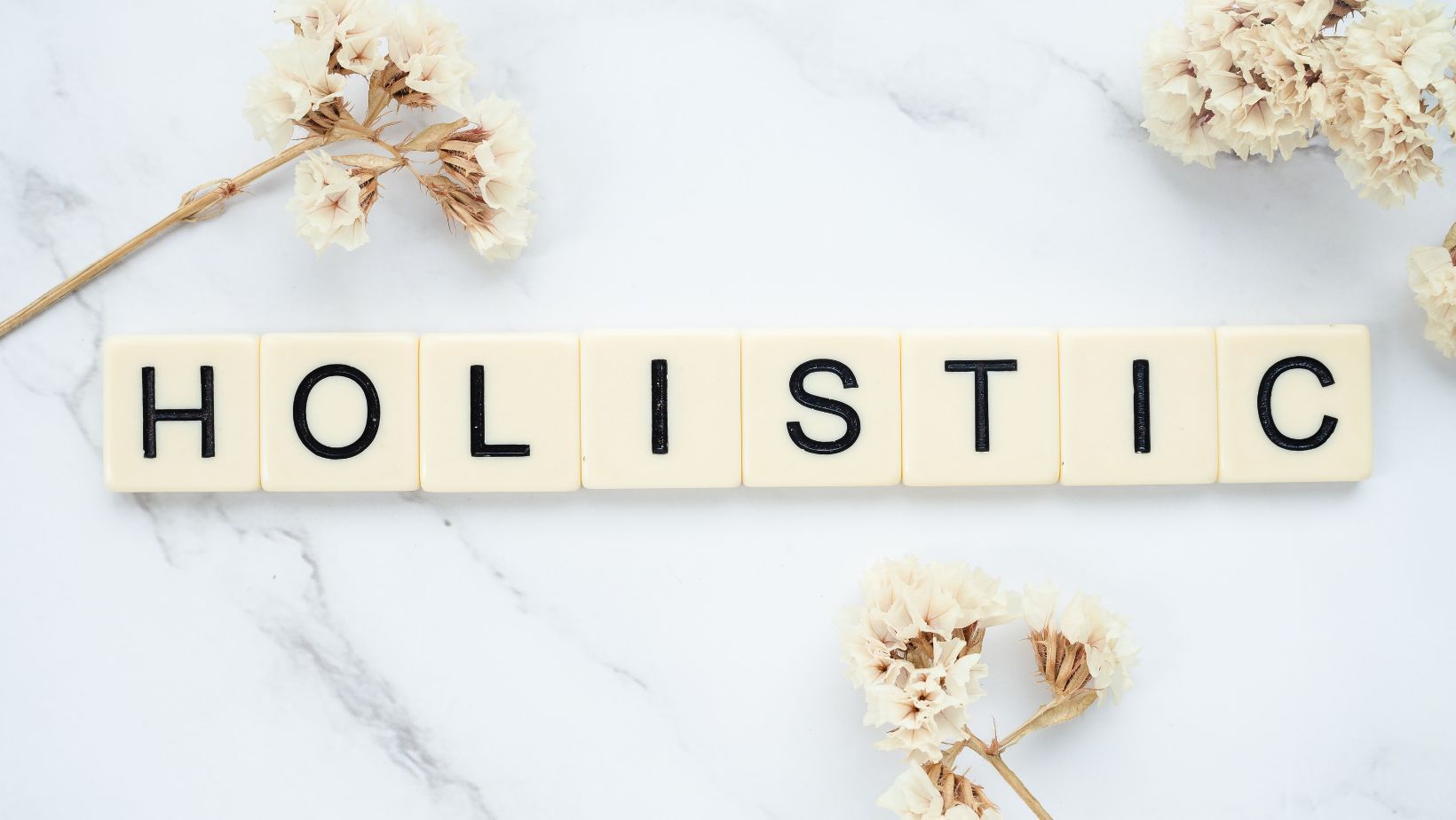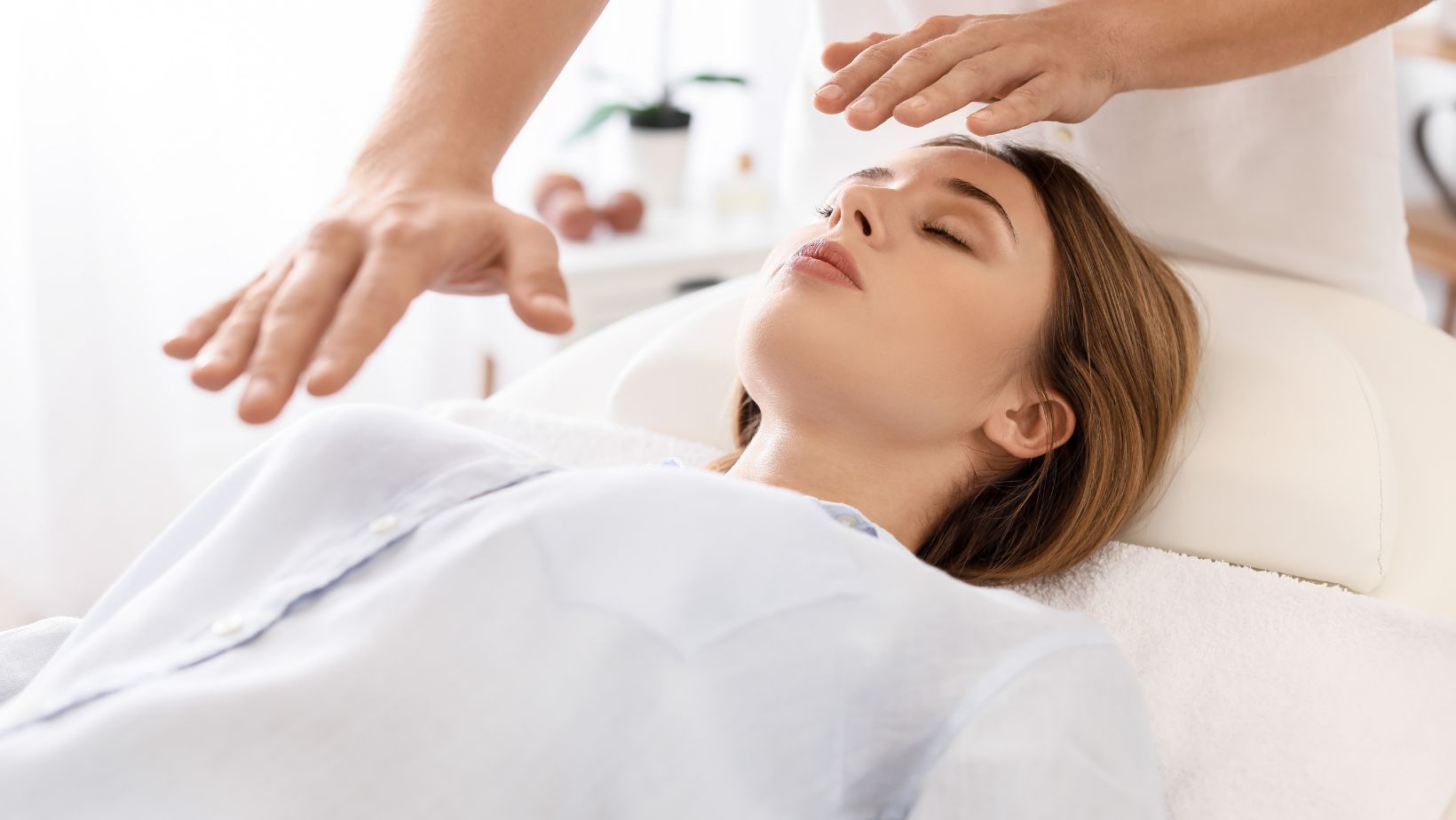As someone who’s spent years exploring the intersection of natural wellness and modern therapeutic approaches, I’m excited to dive into a topic that’s been gaining significant attention in the holistic health community: cannabis as a complementary tool in our wellness arsenal. Gone are the days when cannabis was viewed through a narrow lens – today, we’re seeing a fascinating shift in understanding how this ancient plant can support our journey toward balanced living.
I’ve witnessed firsthand how people are integrating cannabis into their self-care routines, from stress management to sleep optimization, and the results have been genuinely encouraging. But here’s what I find most compelling: when approached mindfully and with proper guidance, cannabis isn’t about escaping from wellness goals – it’s about enhancing them. Let me share what I’ve learned about creating a balanced approach that honors both the therapeutic potential of cannabis and the principles of holistic living.
Finding the Right Cannabis Experience for Your Wellness Goals
When I first started exploring cannabis for wellness purposes, I quickly realized that one size definitely doesn’t fit all. The key is finding products and strains that align with your specific health objectives and lifestyle needs. This is where working with knowledgeable professionals becomes invaluable – places like Silverleaf dispensary Somerset exemplify how expert guidance can make all the difference in your cannabis wellness journey. Their budtenders understand that cannabis isn’t just about THC levels; it’s about finding the right cannabinoid profile, terpene composition, and consumption method that supports your individual wellness goals.
What I appreciate most about this personalized approach is how it mirrors other aspects of holistic health. Just as we wouldn’t follow the same nutrition plan or exercise routine as everyone else, our cannabis wellness journey should be uniquely tailored to our needs, preferences, and health objectives.
Here are some key factors I’ve learned to consider when exploring cannabis for wellness:
- Your wellness intentions: Are you seeking stress relief, better sleep, pain management, or creative enhancement?
- Lifestyle compatibility: How does cannabis use fit into your daily routines and responsibilities?
- Cannabinoid preferences: Understanding the difference between CBD-dominant, THC-dominant, and balanced formulations
- Consumption methods: From tinctures to edibles to topicals, each method offers different onset times and duration
The Science Behind Cannabis and Holistic Health
The research supporting cannabis in wellness applications continues to evolve, and what we’re discovering is fascinating. Studies have shown promising results for cannabis in managing chronic pain, reducing anxiety, improving sleep quality, and supporting overall stress management. According to Harvard Health, CBD-dominant strains have shown particular promise in addressing conditions like anxiety, pain, and sleep disorders without the intoxicating effects typically associated with THC.
What excites me most about the current research is how it aligns with holistic wellness principles. Cannabis appears to work with our body’s endocannabinoid system – a complex network that helps regulate everything from sleep and mood to pain perception and immune function. This suggests that cannabis isn’t forcing our bodies into unnatural states, but rather supporting systems that are already in place.
The therapeutic potential extends across multiple wellness domains:
- Physical wellness: Pain management, inflammation reduction, muscle recovery
- Mental wellness: Stress reduction, anxiety management, mood stabilization
- Sleep optimization: Improved sleep quality and duration
- Mindfulness enhancement: Supporting meditation and contemplative practices
Integrating Cannabis into Your Existing Wellness Routine
One of the most common questions I hear is how to incorporate cannabis into an already established wellness routine. The beauty lies in its versatility and the way it can complement, rather than replace, other healthy practices.
For morning routines, I’ve seen people use low-dose CBD products to start their day with a sense of calm focus. This might involve a few drops of CBD tincture in their morning tea or a CBD-infused topical for post-workout recovery. The goal isn’t to feel “medicated” but rather to support the body’s natural balance from the start of the day.
Evening routines offer another excellent opportunity for cannabis integration. Many people find that CBD or low-dose THC products help them transition from the day’s stresses into a more relaxed state conducive to quality sleep. This might involve an evening cannabis tea, a few puffs of a calming strain, or a CBD bath soak.
Here’s how cannabis can enhance common wellness practices:
- Yoga and movement: Certain strains may help with focus and body awareness during practice
- Meditation: Some people find that cannabis helps quiet mental chatter and deepen contemplative states
- Creative pursuits: Cannabis has a long history of supporting artistic and creative expression
- Social wellness: Sharing mindful cannabis experiences can enhance connection and conversation
Mindful Consumption: Quality, Dosage, and Intention
Perhaps the most important aspect of integrating cannabis into a holistic lifestyle is approaching it with the same mindfulness we bring to other wellness choices. This means being intentional about when, how, and why we consume cannabis.
Quality matters immensely. Just as we seek out organic, responsibly sourced foods, the same principle applies to cannabis products. Look for products that have been third-party tested, come from reputable sources, and align with your values around sustainability and ethical production.
Dosage is equally crucial, and this is where the “start low, go slow” philosophy becomes essential. Many cannabis wellness enthusiasts find that less is often more – microdosing allows you to experience the therapeutic benefits without overwhelming psychoactive effects that might interfere with daily activities.
Setting intention transforms cannabis use from recreational consumption into a wellness practice. Before using cannabis, I encourage taking a moment to consider:
- What am I hoping to achieve or support in my wellness journey today?
- How does this fit into my broader health and life goals?
- Am I using cannabis to enhance my well-being or to avoid dealing with underlying issues?
Creating a Sustainable Cannabis Wellness Practice
Building a sustainable cannabis wellness practice requires the same commitment to balance and self-awareness that characterizes any effective wellness routine. This means being honest about what’s working, what isn’t, and being willing to adjust your approach as your needs evolve.
Regular self-assessment is key. I recommend keeping a simple wellness journal that tracks not just your cannabis use, but how it interacts with other aspects of your health – sleep quality, stress levels, physical symptoms, and overall mood. This data becomes invaluable for refining your approach over time.
Community and education play vital roles too. Connecting with others who share similar wellness goals and cannabis interests can provide support, accountability, and new insights. Many communities now offer cannabis wellness groups, educational workshops, and guided experiences that can deepen your understanding and practice.
Remember that cannabis wellness isn’t static – what serves you during a stressful period might be different from what supports you during times of stability and growth. Embracing this flexibility while maintaining core principles of mindfulness and intention will serve you well.
The Future of Cannabis in Holistic Wellness
As I look toward the future of cannabis in holistic wellness, I’m optimistic about the continued evolution of both research and cultural understanding. We’re moving away from outdated stigmas and toward a more nuanced appreciation of how cannabis can support human flourishing when used thoughtfully and responsibly.
The integration of cannabis into mainstream wellness culture represents a broader shift toward personalized, plant-based approaches to health. This aligns beautifully with other trends in holistic living – from functional mushrooms to adaptogens to personalized nutrition – suggesting that we’re entering an era where individual wellness journeys can be truly customized.
What excites me most is the potential for cannabis to serve as a bridge between traditional healing wisdom and modern therapeutic innovation. As research continues to validate what many traditional cultures have long understood about cannabis’s therapeutic potential, we have the opportunity to integrate this knowledge into contemporary wellness practices in meaningful ways.
The key to realizing this potential lies in approaching cannabis with the same respect, intention, and commitment to learning that we bring to other aspects of our wellness journey. When we do this, cannabis becomes not just another tool in our wellness toolkit, but a pathway to deeper self-awareness, enhanced vitality, and a more balanced relationship with both our bodies and minds.
Whether you’re curious about exploring cannabis for the first time or looking to deepen your existing practice, remember that the most powerful wellness transformations happen when we approach new tools with openness, education, and respect for our individual needs and boundaries. Cannabis, when integrated mindfully into a holistic lifestyle, offers yet another way to support our ongoing journey toward optimal health and wellbeing.
